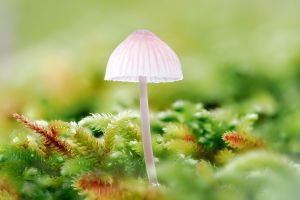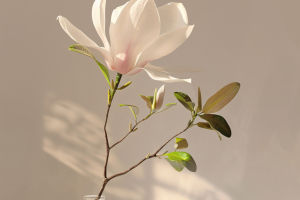Rose, often revered as the "Queen of Flowers," has symbolized love, romance, and beauty for centuries.
Its presence is felt worldwide, not only as a gift to convey affection but also as a significant element in literature, and art.
The rose's vibrant colors, rich fragrance, and graceful petals distinguish it in the natural world, capturing admiration and adoration.
The cultivation of roses has a history that spans thousands of years. Historical records indicate that poets in ancient Greece and Rome celebrated roses in their works as early as the fifth century BC.
In China, the rose has an equally rich history. References to roses can be found in the "Book of Songs," highlighting the ancient Chinese appreciation for this flower. During medieval Europe, roses emerged as a symbol of love for knights and ladies.
Legends suggest that knights would present roses to their beloved as expressions of loyalty and admiration. At this time, roses were more than just flowers; they embodied emotion and became symbols of love and beauty.
Roses are imbued with various symbolic meanings due to their striking appearance and diverse colors. Red roses signify intense love and passion, making them the most popular gift on Valentine's Day and for romantic occasions.
Pink roses symbolize gentleness and grace, often used to convey gratitude. White roses represent purity and perfection and are commonly associated with weddings or commemorative events.
Yellow roses denote friendship and good wishes, making them an excellent choice for expressing camaraderie. Beyond color, the number of roses also carries specific meanings.
A single rose conveys "you are only one," two roses signify mutual love, and a dozen roses express enduring blessings and affection between lovers.
Roses hold a significant place in cultures around the world. In Western literature, roses frequently appear as symbols in poetry and novels. In Shakespeare's plays, roses are not only emblematic of love but also carry deeper philosophical connotations.
For instance, in "Romeo and Juliet," the line "A rose by any other name would smell just as sweet" underscores the idea that roses transcend specific names, embodying universal symbolism. In Eastern cultures, roses also possess cultural significance.
In ancient China, roses were more than ornamental garden plants; they were symbols of good fortune and beauty. The phrase "beauty is like flowers" often refers to roses, illustrating their association with feminine beauty.
In contemporary society, roses remain one of the most cherished flowers. They are an integral part of celebrations such as weddings, birthdays, and anniversaries. Not only do they serve as ideal expressions of love and well-wishing, but they also hold a prominent place in gardening and perfume creation.
Advances in modern technology have introduced a wider variety of rose colors and types. In addition to the traditional red, white, pink, and yellow, roses in unique hues like blue and black have emerged, offering people more choices and adding novelty to their lives.
Despite their delicate appearance, roses are relatively easy to care for when the proper planting and maintenance techniques are employed. Roses thrive in sunny, well-drained environments.
Selecting the right soil is crucial; it should be fertile, loose, and rich in organic matter. While roses require ample water, it's important to avoid waterlogging to prevent root rot. Regular pruning is essential for maintaining healthy rose plants.
Pruning encourages new branch growth, prolongs blooming periods, and enhances flower abundance. Additionally, timely pest and disease management is vital for rose care. Special attention is needed during summer when pests like aphids are more likely to proliferate.
The rose, a flower that embodies beauty, love, and cultural significance, has made a lasting impact throughout history and continues to shine brightly in modern society. It reflects humanity's longing for a better life and remains a symbol of eternal love and beauty through its unique charm.


